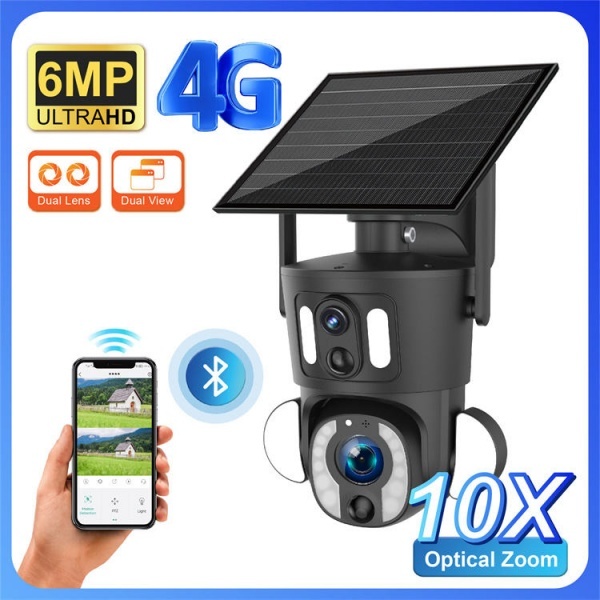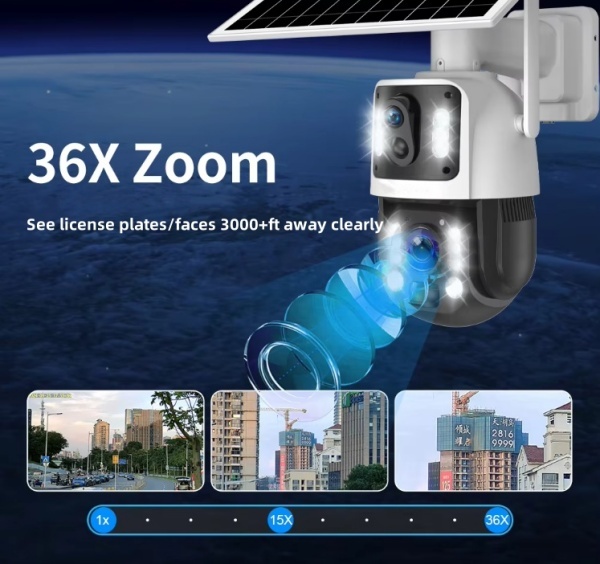Ring’s Business and Profit Model Analysis
Ring’s business model is a classic and highly effective example of the “Hardware-Enabled SaaS” (Software as a Service) model. It is often compared to the “razor and blades” strategy: sell the initial hardware (the razor) at an affordable price to acquire a customer, and then generate long-term, high-margin profit from recurring subscription services (the blades).
This model is designed for customer acquisition at scale and long-term profitability, making it incredibly powerful and difficult for competitors to disrupt.
Part 1: The Core Components of the Business Model
The model is built on four strategic pillars that work together in a self-reinforcing cycle.
Pillar 1: Hardware as the Gateway (The “Razor”)
The primary goal of Ring’s hardware (doorbells, cameras, alarms) is not to generate massive profit on its own. Instead, its purpose is to acquire customers and establish an entry point into their homes.
- Accessible Pricing: Ring’s devices are priced competitively, often lower than premium competitors. This removes the cost barrier for the average consumer.
- Aggressive Promotions: Backed by Amazon, Ring can offer deep discounts during major sales events like Prime Day and Black Friday. Sometimes, the hardware is sold at or near cost, functioning as a loss leader to fuel user growth.
- Broad Product Portfolio: By offering a wide range of products (from a 250 floodlight camera), Ring has an entry point for every budget and need, maximizing its potential customer base.
Pillar 2: Subscription Services as the Profit Engine (The “Blades”)
This is the heart of Ring’s profitability. The Ring Protect Plan is a recurring subscription service that unlocks the most critical features of the hardware.
- Freemium Model: Ring gives users essential live features for free (Live View, Motion Alerts, Two-Way Talk). This allows them to experience the product’s immediate value.
- Paywall for Critical Features: However, the most important security feature—the ability to record, save, and review video footage—is locked behind the subscription paywall. Without it, the device is only useful for live events. This creates a powerful incentive to subscribe.
- High-Margin Recurring Revenue: Unlike one-time hardware sales, subscription revenue is predictable, stable, and extremely high-margin. The cost to store video data for an additional user is minimal (especially using Amazon’s own AWS infrastructure), so almost every new subscription dollar goes directly to profit. This is what makes the business so financially attractive.
Pillar 3: The Ecosystem Lock-In
Ring’s strategy is to make its ecosystem so convenient and interconnected that it becomes difficult for a customer to leave.
- Unified App Experience: All Ring devices work together in a single, simple app. A customer who starts with a doorbell is easily persuaded to add a backyard camera or an alarm system, as they can manage everything from one place.
- “Linked Devices” Feature: This feature allows devices to trigger each other (e.g., motion at the driveway camera starts a recording on the front door camera). This level of integration significantly increases the system’s value and creates a high “switching cost.” A customer with 3-4 Ring devices is highly unlikely to switch to a competitor and replace all their hardware.
- Increased Customer Lifetime Value (LTV): By selling more hardware and locking users into subscriptions, Ring dramatically increases the total amount of money it makes from each customer over their lifetime.
Pillar 4: The Data and Network Flywheel (The Neighbors App)
The Neighbors app is a strategic asset that does not generate direct revenue but acts as a powerful engine for growth and retention.
- Free Marketing and Sales Channel: When a user posts a video of a package thief or a car break-in, it serves as a powerful, real-world advertisement for Ring products to everyone in their neighborhood. This “fear-based” social proof is more effective than traditional marketing.
- Creates a Network Effect: The more people in a neighborhood use Ring and the Neighbors app, the more valuable and effective the network becomes. This creates a community-wide “moat” that competitors cannot easily replicate.
- Drives the Flywheel:
- A crime is reported on the Neighbors app.
- Neighbors see the report and feel the need for better security.
- They buy Ring devices.
- This adds more cameras and users to the network.
- The network becomes more powerful and valuable, which starts the cycle over again.
Part 2: The Profit Model – How the Money Flows
Revenue Streams:
- One-Time Hardware Sales: The initial, lower-margin revenue from the sale of doorbells, cameras, alarms, and accessories. This is primarily for customer acquisition.
- Recurring Subscription Revenue (Primary Profit Driver): The monthly or annual fees from the Ring Protect Plan (Basic, Plus, and Pro tiers). This is the company’s most important source of profit.
- Accessory Sales: High-margin add-ons like solar panels, extra batteries, chimes, and yard signs.
- Professional Services: The top-tier Ring Protect Pro plan includes 24/7 professional monitoring for the Ring Alarm system, competing directly with traditional security companies like ADT.
The Amazon Synergy Advantage:
Being owned by Amazon supercharges Ring’s profit model.
- Reduced Customer Acquisition Cost (CAC): Ring gets prime, often free, marketing placement on the world’s largest e-commerce site. Bundling with Echo devices and massive Prime Day promotions drives sales at a scale and cost-efficiency no competitor can match.
- Reduced Operational Costs: Ring leverages Amazon’s world-class supply chain and logistics for manufacturing and distribution. Crucially, it uses Amazon Web Services (AWS) for its massive cloud video storage needs at a much lower internal cost than paying a third-party provider.
Conclusion
Ring’s business model is not that of a simple hardware company. It is a sophisticated, platform-based model focused on mass-market customer acquisition through affordable hardware, followed by long-term monetization through high-margin, sticky subscription services. The ecosystem lock-in and the unique network effects of the Neighbors app create strong defensive moats, while the synergies from its parent company, Amazon, provide an almost insurmountable competitive advantage in scale and efficiency.
Rink, as the leading security camera brand, we respect the innovative spirit of our predecessors and their advanced global marketing strategy. As a professional solar-powered surveillance camera manufacturer based in Shenzhen, we will follow in the footsteps of our predecessors and continuously provide high-quality products and services to our brand partners and distributors, and excel in specific market segments.
If you are looking for a quality solar security camera manufacturer like Rink or you would like to create your own brand solar security camera, pls. Don’t hesitate to contact us now!
Our Email: [email protected]


